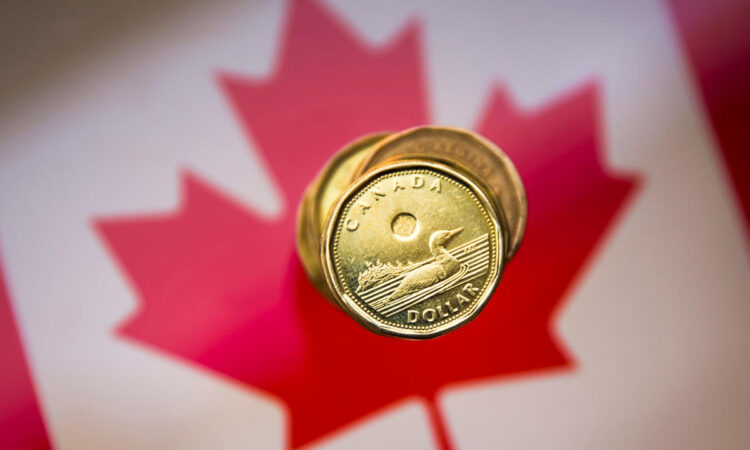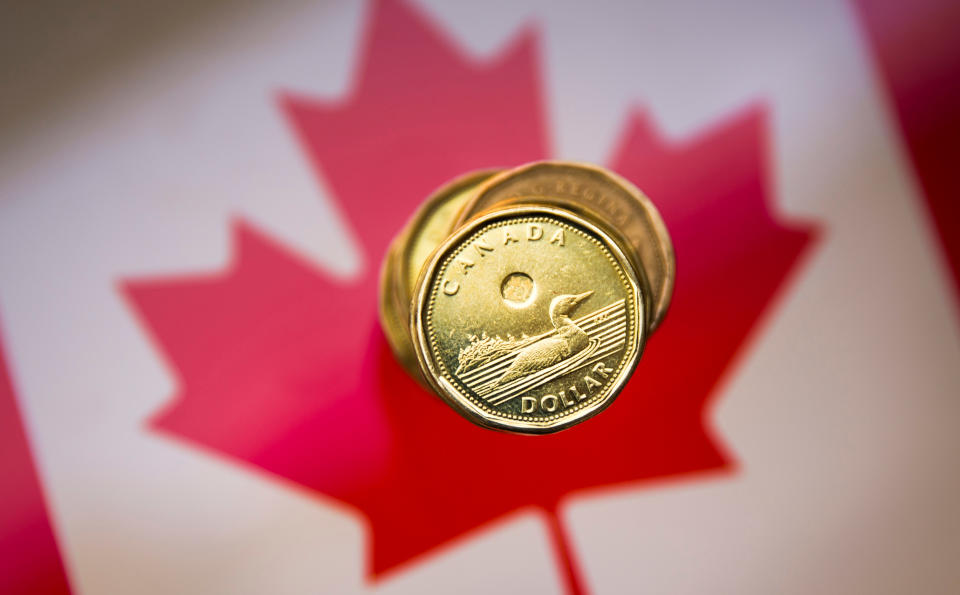

With the loonie off to a weak start in 2023, Canadian investors may be re-evaluating their portfolios and seeking to better manage currency risk.
As of March 17, the Canadian dollar (CADUSD=X) was trading for 72 U.S. cents, a drop from the high of 75 U.S. cents reached at the end of January. One year earlier, the loonie was worth 79 U.S. cents.
Although the Canadian dollar was off to a rough start for the year, BMO Private Wealth senior portfolio manager Martin Mathewson says it is not the time for investors to panic.
“I like to remind clients that if we look at the longer term, over the last five years, the dollar has actually only depreciated 1.2 per cent on an annualized basis against the U.S. dollar,” he said in an interview with Yahoo Finance Canada.
“For a lot of investors it’s not as material when we look at longer time frames… currency affects a small portion of the total return that an investor would receive over a longer horizon.”
Diversification, diversification, diversification
There are many options for investors who do want to manage the risk that comes with currency fluctuations. Diversifying one’s portfolio, a classic piece of advice investors often hear from advisors, is a key way to help manage currency risks.
“It’s important to be diversified across asset classes, across regions and across sectors. It’s a really solid way to manage your risk,” Anish Chopra, managing director at Portfolio Management Corp., said in an interview with Yahoo Finance Canada.
“It’s hard to figure out what could go wrong and when it will go wrong. The best route is to diversify, understand your risk profile and manage your risk.”
Mathewson says it’s important for investors to look at diversifying their portfolios in a range of sectors, as well as across global markets, so currency fluctuations are not as significant a headwind or detractor in the short term. For example, he sees particular opportunity for Canadian investors in the U.S. market in sectors like healthcare and technology, which are not as robust in Canada compared to south of the border.
“There’s a really diverse healthcare sector in the U.S. and lots of technology companies,” he said, pointing to Johnson and Johnson (JNJ) and Microsoft (MSFT) as examples.
“There’s really nothing in Canada that’s similar in size or scope to those types of U.S. businesses… It’s important for clients to look at these types of investments, irrespective of the currency, because it’s a great way to get more diversification in their portfolios.”
While some investors may be worried about investing in the U.S. dollar at a time when it is strong, Mathewson notes that it is a sign that there are positive things happening in the economy.
“The trend of a strong U.S. currency is a sign of a diverse and strong economy south of the border,” he said.
Another strategy for managing exchange rate risks is currency hedging. But whether that’s the right option depends on an investor’s current circumstances and risk tolerance, says Chopra. He also says investors can turn to hedged funds and currency hedged ETFs.
“If you don’t want to do your own buying stocks and investments in a different country, you can look at currency hedged funds or ETFs, but you still have to make that decision on whether you should hedge and how much do you hedge,” Chopra said.
“But the advantage there is you don’t have to be handpicking individual stocks. That’s taken care of for you.”
Outlook for the Canadian dollar
Where the Canadian dollar goes from here will depend on a range of factors, including the performance of the U.S. dollar, commodity prices and the impact of interest rate hikes. Many currency watchers expected a divergence between the Bank of Canada and the Federal Reserve’s approach to interest rate hikes would also weigh on the Canadian dollar, although that risk may have moderated in the wake of banking crisis concerns.
“The Canadian dollar remains on the defensive, but with the Bank of Canada poised to become marginally less lonely on the global stage, rate differentials could narrow in the exchange rate’s favour,” Karl Schamotta, chief market strategist at Corpay, wrote in a note last Friday. However, he added that the currency still faces challenges ahead.
“We think Canada’s domestic vulnerabilities will remain a significant underperformance, but rate expectations could have further to fall in other major jurisdictions over coming weeks.”
Schamotta says in order to see a recovery in the loonie, Canada will need to see a recovery in the housing market.
“If Canadian households become convinced that rates are going to come down or stabilize in the future, then we could see a rebound of activity in the housing sector and that would support overall growth and put a floor on the Canadian dollar,” Schamotta said.
“The key thing to watch is the sentiment level in the housing market and how that might impact the economy, as well as the Canadian dollar.”
Alicja Siekierska is a senior reporter at Yahoo Finance Canada. Follow her on Twitter @alicjawithaj.
Download the Yahoo Finance app, available for Apple and Android.



